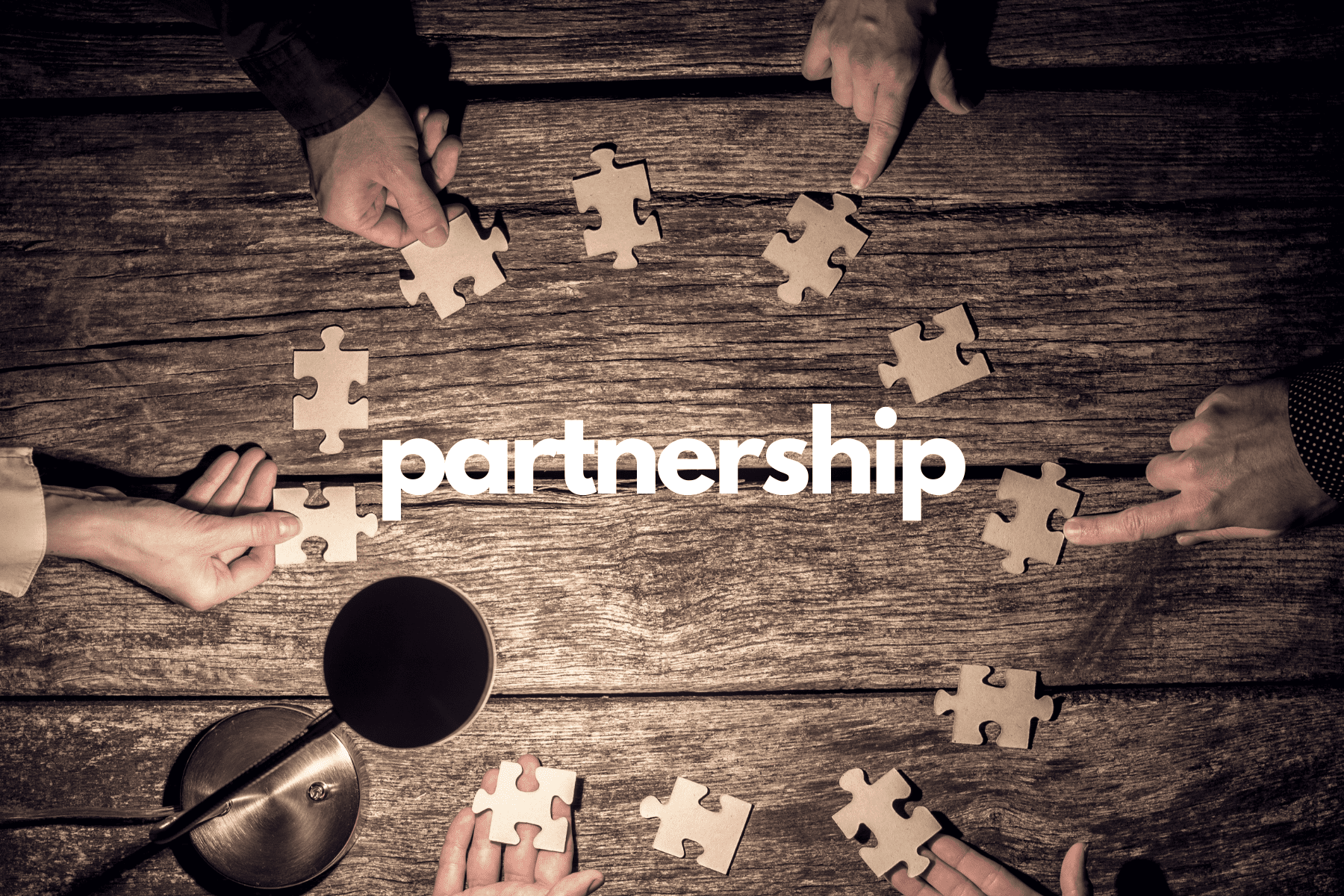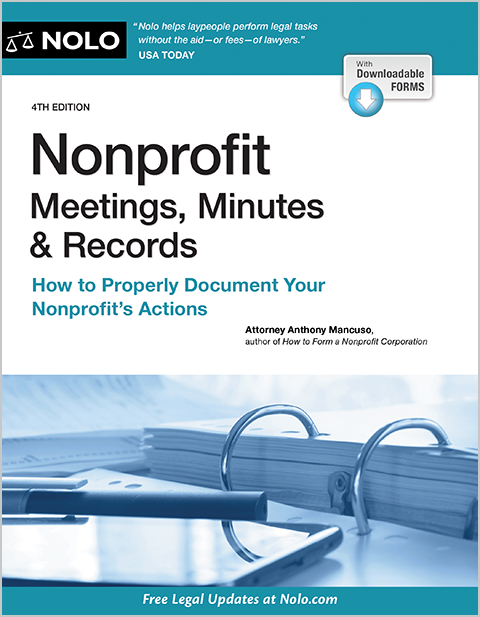Nonprofit Firm: Encouraging Organizations to Drive Social Adjustment
Nonprofit Firm: Encouraging Organizations to Drive Social Adjustment
Blog Article
Exploring the Diverse Functions and Responsibilities of a Nonprofit Firm in Addressing Social Issues and Supporting Modification
Nonprofit companies act as important agents of modification within culture, dealing with a myriad of social problems via multifaceted strategies. Their obligations prolong past plain service arrangement; they take part in advocacy, resource mobilization, and neighborhood outreach, commonly serving as a bridge between important solutions and marginalized populaces. By fostering collaborations and utilizing culturally appropriate strategies, these organizations resolve the source of social obstacles. Yet, the intricacies of their roles raise essential concerns about performance and sustainability. What are the effects of these varied features on long-term area impact?
Understanding Nonprofit Company Duties
The efficiency of not-for-profit firms pivots on a clear understanding of their varied roles within culture. Not-for-profit agencies often function as solution suppliers, delivering vital programs and resources to underserved populaces.
Furthermore, nonprofits play a vital function in campaigning for, increasing understanding and influencing policy choices that influence their neighborhoods. By participating in study and public education, these organizations help shape public discussion and advertise notified decision-making - nonprofit agency. They also function as systems for volunteerism, activating area members to add their time and skills toward collective goals
Moreover, not-for-profit firms often act as conveners, bringing with each other diverse stakeholders to foster collaboration and collective impact. This joint approach improves their capacity to attend to facility social concerns efficiently. Understanding these multifaceted duties is essential for optimizing the potential of not-for-profit agencies in developing lasting social adjustment and boosting overall community health.
Area Interaction and Outreach
Efficient neighborhood involvement and outreach are basic parts of not-for-profit agencies' techniques to develop and promote links trust fund within the areas they serve. These efforts focus on understanding area demands, promoting understanding of offered resources, and encouraging engagement in programs made to deal with social problems. Nonprofit companies utilize a range of approaches to engage with community members, such as workshops, informative sessions, and collaborative occasions.
Outreach efforts offer to strengthen partnerships with varied populaces, particularly marginalized teams that may deal with obstacles to access. By making use of culturally appropriate interaction methods and leveraging neighborhood partnerships, nonprofits can improve their exposure and demonstrate their commitment to community empowerment. This technique not only cultivates a feeling of belonging but also enhances the chance of sustained engagement.
In addition, effective neighborhood engagement surpasses plain engagement; it includes actively paying attention to neighborhood participants' feedback and including their insights into program growth. This collective procedure ensures that the services supplied are responsive, pertinent, and tailored to the special challenges faced by the neighborhood. Inevitably, fostering solid links through engagement and outreach can result in more impactful treatments and a better cumulative effort towards promoting positive social adjustment.
Advocacy and Policy Impact
Advocacy works as an important system for nonprofit agencies to influence public policy and drive systemic adjustment. By leveraging their proficiency and neighborhood insights, these organizations can successfully stand for marginalized populations and address pushing social problems. Nonprofits participate in campaigning for through different techniques, consisting of public understanding projects, grassroots mobilization, coalition building, and straight lobbying of policymakers.
Through these efforts, not-for-profit companies intend to shape legislation and plan structures that align with their goal and the requirements of the communities they serve. They carry out research, gather data, and share compelling narratives to highlight the necessity of specific issues, making certain that decision-makers are educated and inspired to act. This procedure not only amplifies the voices of those influenced you can find out more by social injustices yet additionally cultivates a much more fair and inclusive policymaking setting.
Additionally, advocacy initiatives often seek to produce lasting structural changes, resolving source as opposed to simply relieving signs and symptoms. By prioritizing plan influence, nonprofit agencies add to a more comprehensive understanding of find out this here social challenges and advertise remedies that can cause sustainable renovations in societal health. Eventually, advocacy is essential to the transformative function nonprofits play in developing a simply and fair culture.
Fundraising and Resource Management
Nonprofit firms depend on robust fundraising and source monitoring techniques to support their advocacy initiatives and sustain their objectives. By using a multi-faceted strategy, nonprofits can reduce the risks associated with dependence on a solitary funding source.
Resource management is equally critical, as it involves the calculated allowance of both monetary and human resources to take full advantage of influence. Nonprofits must create budgets that line up with their goals while ensuring transparency and accountability to stakeholders. This includes normal surveillance of expenditures and adjusting methods as needed to optimize resource use.

Partnership and Collaborations
While lots of organizations seek their missions individually, collaboration and collaborations can substantially enhance the effectiveness of not-for-profit agencies. By working with each other with other nonprofits, federal government entities, and exclusive market companies, nonprofits can pool sources, share knowledge, and intensify their effect on social issues. Collective efforts frequently bring about innovative remedies that might not be possible independently, leveraging the staminas of each partner to address complicated obstacles.

Eventually, effective collaboration needs clear interaction, shared goals, and common respect amongst companions. By embracing check this site out a cooperative strategy, nonprofit agencies can develop sustainable networks that not only address prompt social problems yet additionally add to long-lasting systemic adjustment, promoting a more equitable culture. Via cooperation, nonprofits can grow and maximize their potential for significant effect.
Conclusion
Not-for-profit companies function as important entities in attending to social concerns and promoting adjustment within communities. Via diverse functions such as neighborhood campaigning for, resource, and interaction monitoring, these organizations effectively activate sources and assistance for underserved populations. Their joint initiatives with different stakeholders improve the ability to influence public law and promote structural adjustments. Ultimately, the complex duties of not-for-profit companies substantially contribute to the quest of social justice and the enhancement of neighborhood health.
Understanding these diverse duties is essential for making best use of the capacity of not-for-profit agencies in creating lasting social change and enhancing overall area wellness.
Effective community involvement and outreach are basic parts of not-for-profit firms' strategies to develop and cultivate links depend on within the neighborhoods they offer. By functioning with each other with other nonprofits, federal government entities, and exclusive market companies, nonprofits can pool resources, share competence, and magnify their impact on social problems.Nonprofit firms serve as critical entities in cultivating and attending to social concerns modification within neighborhoods - nonprofit agency. Inevitably, the multifaceted roles of not-for-profit firms dramatically contribute to the pursuit of social justice and the renovation of neighborhood wellness
Report this page